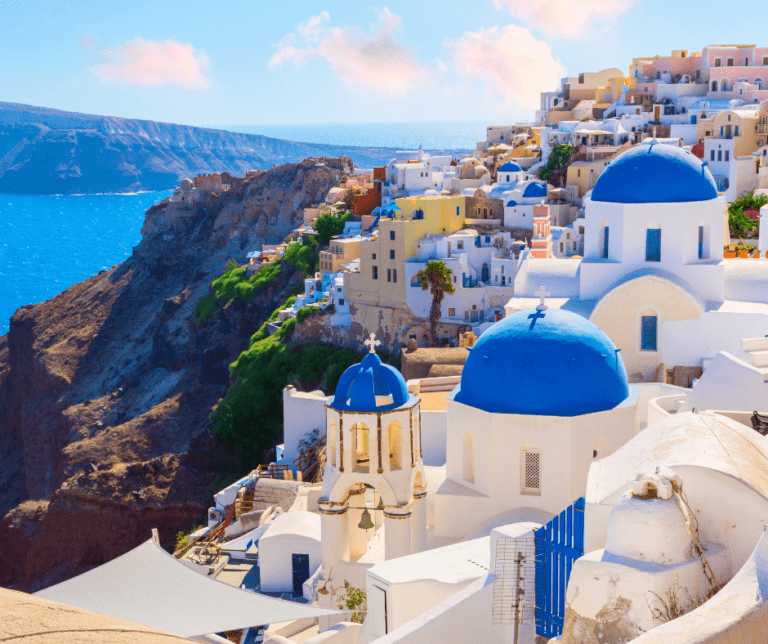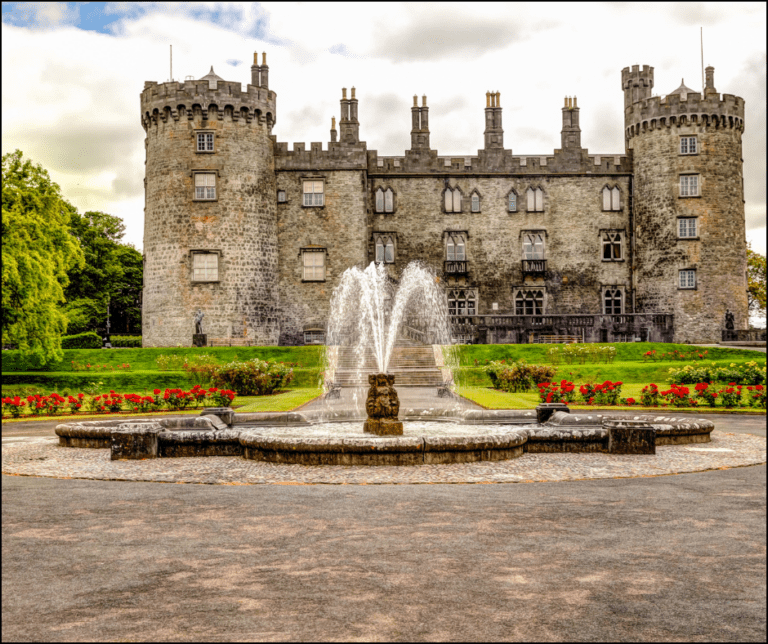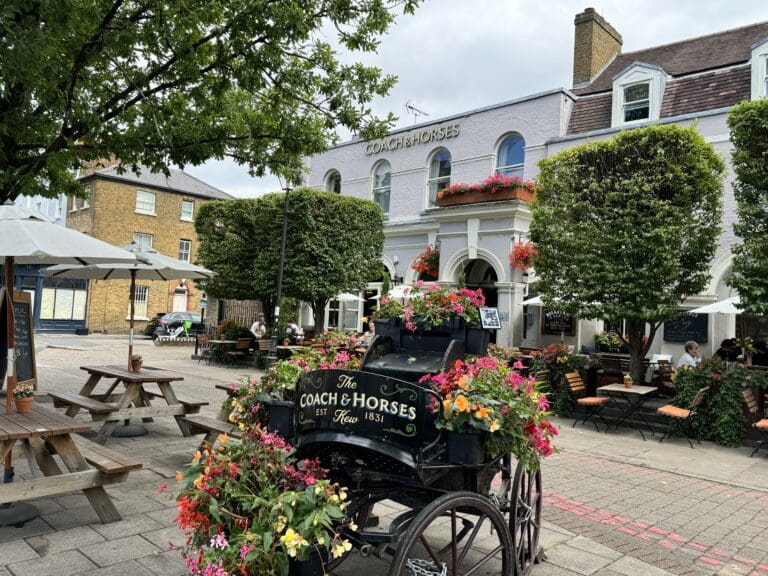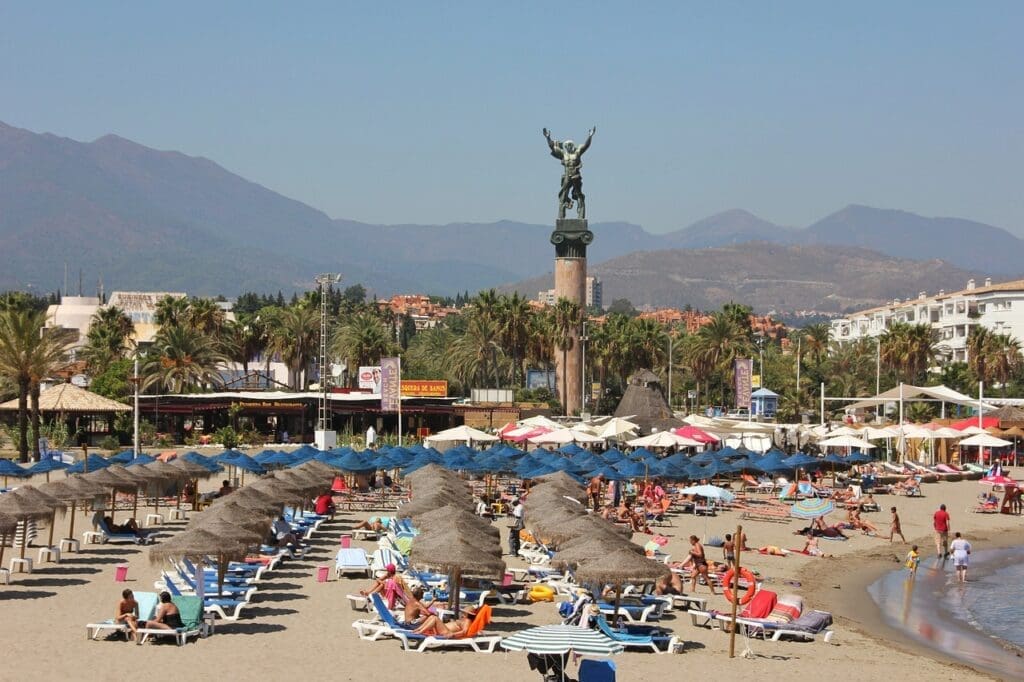
Stretching from Nerja in the east through the iconic cities of Málaga and Marbella, the Costa del Sol is known for its miles of sandy beaches, charming villages, and excellent climate. Late autumn into early winter brings pleasantly warm days and cooler evenings, making it the perfect time to explore this beautiful stretch of coastline.
The crowds have subsided, the punishing midday heat has passed, and the region’s authentic charms can be enjoyed without the peak tourist mobs. With so much to see and do in this popular part of Spain, it’s also a great place to organise a personal travel guide.
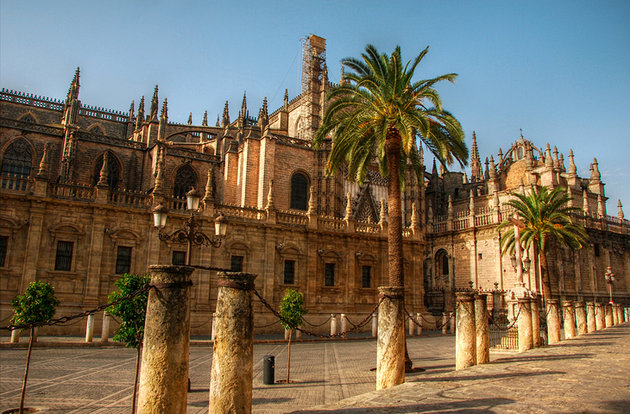 The Cooler Weather Makes Sightseeing Comfortable
The Cooler Weather Makes Sightseeing Comfortable
The peak summer months, when most people choose to holiday in the Costa del Sol, bring blazing hot temperatures to the Costa del Sol, making outdoor sightseeing uncomfortable.
However, nearing the end of the year thermometer drops to far more agreeable levels, with daily highs in the mid-20s Celsius. This cooler weather transforms exploring historic sites like the Alcazaba and Roman Theatre in Málaga from an ordeal into a pleasure.
Even visits to top attractions like Picasso’s Birthplace Museum or the Bioparc Fuengirola Zoo become more comfortable experiences when you aren’t sweltering under the blazing sun.
With the moderate daytime temperatures and refreshing ocean breezes, autumn and winter is arguably the most comfortable time of year to take in the Costa del Sol’s wealth of outdoor sights, attractions and beautiful beaches.
Enjoy the Charming Pueblos Blancos
Dotting the interior region of Andalusia are around 100 pristine white villages, known as the Pueblos Blancos. With their whitewashed houses stacked on steep hillsides, these picturesque hamlets showcase the quintessential charm of Southern Spain.
With the temperature dropping, exploring these villages and wandering about throughout the day is not as challenging as it can be at hotter parts of the year.
Mijas Pueblo, a short drive from the coast, provides stunning panoramas from its hilltop location. The quaint streets of Casares give a glimpse into traditional Spanish life. For breathtaking views, head to Gaucín, called the “Balcony of the Costa del Sol.”
With their cobbled lanes, floral balconies and outdoor cafes, the Pueblos Blancos come alive in the more temperate cooler climate, inviting leisurely strolls and day trips away from the coast.
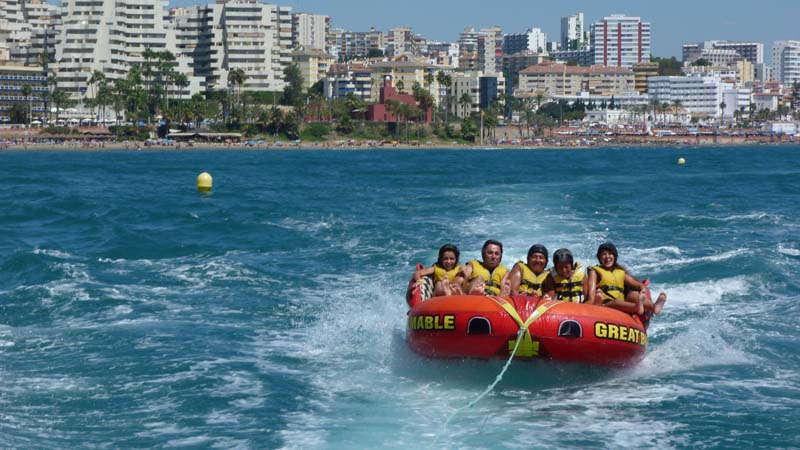 Enjoy Outdoor Activities and Sports
Enjoy Outdoor Activities and Sports
With pleasant temperatures and minimal rainfall, later autumn and winter is a prime time to enjoy the array of outdoor activities and sports the Costa del Sol has to offer.
Tee off at one of the many championship golf courses dotting the coastline and inland regions. The cooler weather makes an ideal time to play a round or two on lush courses designed by golf legends.
Hikers can take advantage of the fall climate to explore the numerous scenic trails along the coast and around mountain villages like Mijas and Ronda. The temperate ocean waters also beckon water sports enthusiasts to enjoy swimming, snorkeling, paddle boarding or a coastal cruise.
For an adrenaline rush, head inland for off-road buggy tours or downhill mountain biking. With its enviable climate, the Costa del Sol serves up endless opportunities for outdoor recreation and adventure during the cooler months.
 Experience Authentic Spanish Festivals
Experience Authentic Spanish Festivals
The colder seasons bring many lively fiestas and festivals that showcase the rich culture and traditions of Southern Spain. In October, the Costa del Sol celebrates the Three Cultures Festival in recognition of the region’s diverse history of Muslim, Jewish and Christian heritage.
Musical performances, art exhibits and Gastronomic offerings bring the streets of the city alive.
From late September to early October, visitors can experience the San Miguel Festival, where locals pay homage to grapes and winemaking through public dances, parades, and wine tastings. In the countryside, there remains an abundance of fresh produce, with villages hosting festivals dedicated to chestnuts, mushrooms and other seasonal harvests.
Folk music and dance take center stage at these festive celebrations. Exploring the authentic cuisine, music, art, and culture of Spain would not be complete without experiencing one of these joyous festivals.
 Fewer Crowds Outside of Peak Season
Fewer Crowds Outside of Peak Season
The Costa del Sol is enormously popular in the spring and summer months, with throngs of tourists flocking to its beaches, restaurants and attractions. The crowds and long lines can put a damper on sightseeing.
However, by the end of the year, the peak tourist season has died down considerably. Beaches become emptier, reservations are easier to come by at popular eateries, and queues at landmarks like the Picasso Museum and Bioparc are shorter. Without the oppressive heat and hordes of summer visitors, attractions can truly be appreciated and enjoyed.
Autumn and winter provide the best of both worlds in this region of Spain – ideal weather conditions combined with the freedom to explore beaches and historic sites without bumping elbows.
Whether visiting world-class golf courses, dining along Marina Bay, or taking a ferry to Tangier, the Costa del Sol feels more spacious and serene in more comfortable and cooler temperatures.
 Sample the Mediterranean Cuisine and Wine
Sample the Mediterranean Cuisine and Wine
While autumn is harvest time in Andalusia, the winter menu in Spain is as delicious as ever. The Costa del Sol celebrates with abundant food and wine festivals. Vinos y Viñas in Málaga showcases the region’s famous sweet wine, while the Fiesta de la Vendimia brings the grape harvest to life through tastings and grape stomping celebrations.
Late in the year visitors can still enjoy sampling a range of healthy and fresh Mediterranean cuisine, with seafood straight from the coastline and produce like pomegranates, figs and mushrooms on the shelves.
Sample classic dishes like the cold garlic soup gazpacho or sizzling shrimp in garlic sauce. Don’t miss typical small plates like marinated anchovies, Spanish tortilla and churros with chocolate sauce.
From street food to gourmet restaurants, the Costa del Sol is a haven for food lovers. Pairing the fresh fall flavors with local Moscatel or Tempranillo wine makes for an unbeatable Spanish feast.
With pleasant daytime temperatures, cooler evenings, and the authentic charms of Spanish culture on full display, autumn and winter are undoubtedly the best seasons to visit the picturesque Costa del Sol. The summer heat and crowds have passed, yet the weather allows for comfortable outdoor sightseeing at historic landmarks and charming villages.
Without the summer tourist mobs, attractions can be appreciated at a leisurely place. From Malaga to Marbella, Nerja to Ronda, traveling to this region later in the year provides ideal conditions to be more active, and soak up the rich history, culture and landscapes of this sun-kissed stretch of the Andalusian coastline.
Crisp sunny days and cooler nights let visitors truly embrace the Costa del Sol during its most captivating and crowd-free season.
The Ultimate Pre-Travel Checklist
Download ‘10 Crucial Things To Do Before Traveling Abroad’ to avoid mistakes and ensure a smooth trip; adapters and electronics, packing tips, foreign currency, phone plans, and more!


